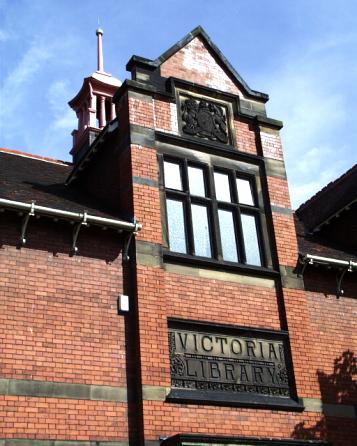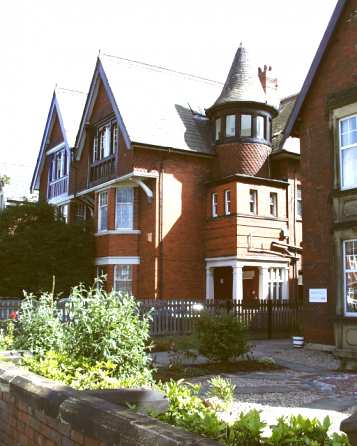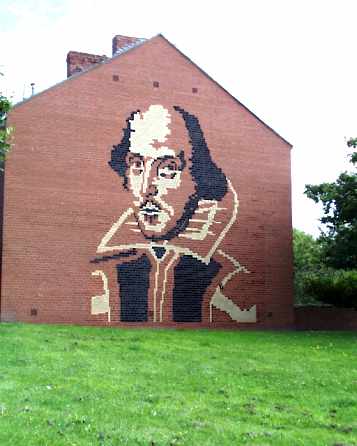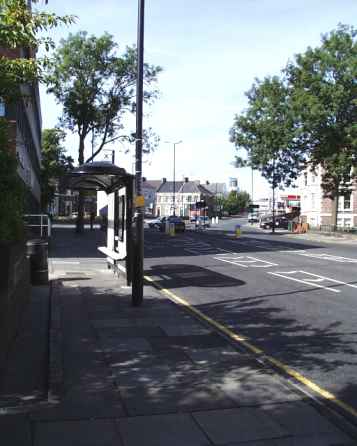|
Heaton
Sat. 5th August, 2000 |
|
 |
 |
 |
|
To the east of the city, beyond the Ouseburn, lies the once prosperous suburb of Heaton.See the library, its faded brick
Victorian grandeur being the subject of a frantic last ditch stand against the march of time. A wonderful purpose built multimedia centre is almost finished in nearby Byker; Heaton locals want to keep this
grotesque anachronism. The building is listed so will not be demolished in the short term. It lies at the south west corner of Heaton Park, a leafy expanse that was the gift of Lord Armstrong (he of the
armament works) to the city in 1879. |
|
|
|
|
 |
Here on the eastern side of Heaton Road is an example of the grand Victorian town houses, still inhabited by the rich.Many
are owned by Doctors, Accountants, Dentists, and the new rich. Others at the northern end are split into student flats. |
|
|
Below, see Heaton Road, running north south from the new Coast Road to Shields Road in Byker. Note the unusally wide suburban
road. The trams used to ply along the centre and this was accommodated when the houses were built. The newer dwellings on the west side date from the early 1930s |
|
 |
 |
|
The church of St. Gabriel is visible above the trees in this leafy area. |
|
|
Hidden just inside the main gates of Heaton Park on Heaton Road is the ruins of Adam's House. This is as old as the Castle,
being built around 1227 as the fortified manor house for the Sheriff of Northumberland. Remember, this part was outside the then town boundaries!The official rolls of Henry III of 1267 state that this was
the residence of "Adam de Gesemuth". He was most unpopular, and it was with great cheer that he failed to return from the seventh and last Crusade in 1270. |
|
|
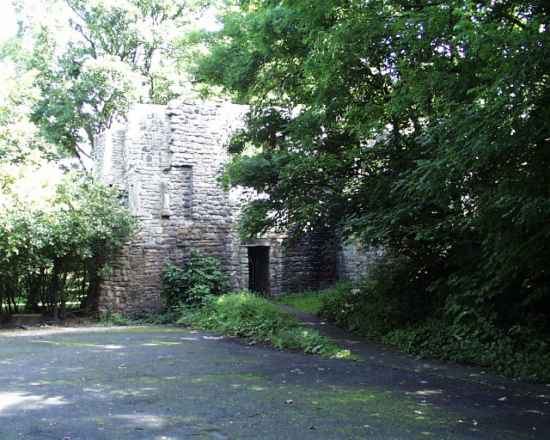 |
 |
|
Here is the same scene in 1890, shortly after some restoration work had been completed. This ruin is often referred to as "King John's
Palace", indeed, some streets nearby reflect this. However, there is no evidence to suggest that this hated monarch ever visited this place, or that the house was actually built during his reign (1199 - 1216). You will
remember, this was the period of Robin Hood and his merry men, epitomising the feudal strain between the common people and the ruling class. |
 |
|
Residential Heaton was largely built at the close of the 19th century and the dawn of the 20th. Here is the junction of
Hotspur Street and Heaton Park Road. Many streets here are named after Shakespearean characters, and other main routes helping to set the scene being Warwick Street and Stratford Road.During clearance
work this gable end was given the bardic treatment. It is unfortunate that It cannot be seen from any major road or the railway that goes through a cutting to the right of those dark trees. |
|
|
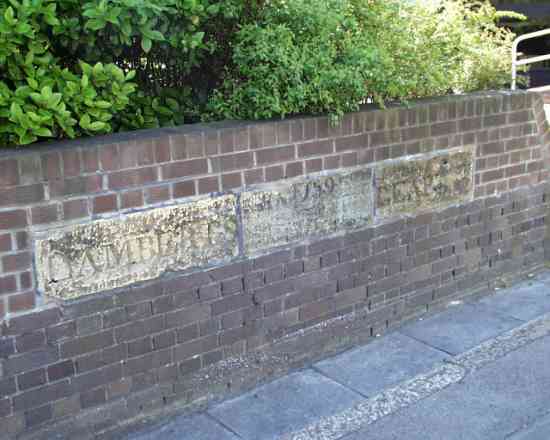 |
|
At the junction of Sandyford Road and Portland Road lies this remnant of an earlier bridge at this spot. In 1759 the dashing young blade,
Cuthbert Lambert, a customs officer, went riding, no doubt trying to impress the young ladies of the parish out strolling that day. His horse mistook the side of the bridge for a fence and jumped off, falling to its
death in the river below. Young Cuthbert's flapping pantaloons caught on a branch on the way down and he was saved. From that day this spot has been known as Lambert's Leap, and these stones were saved from the original
bridge, with their inscription celebrating this lucky escape. |
|
|
 |
 |
|
The view looking towards the city along Sandyford Road from Lambert's Leap. |
|
 |
|
Nearby at the western side of Portland Road with its junction with Sandyford road is a rarity.This post box was erected in
1936, the year of the short and troubled reign of Edward VIII. It bears his Royal insignia. Edward VIII fell for an American divorcee, Mrs. Wallace Simpson, and refused to give her up despite pressure from
the remaining Royal family and the government of the day. He was faced with the choice between his love or his throne. He abdicated, and the couple married, living the rest of their lives exiled in France
with the courtesy title of Duke and Duchess of Windsor. |
|
|
|
 |
|
|
 |
|
If you should arrive here via a search, or be missing the navigation on the left hand side, click this button.
|
|






